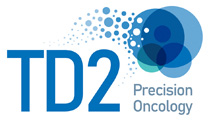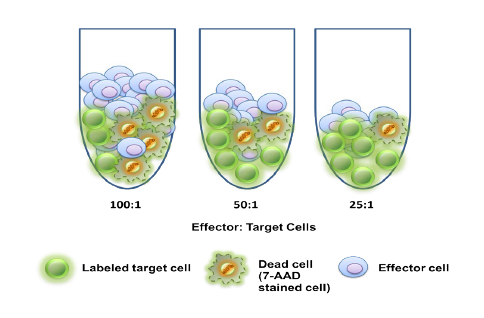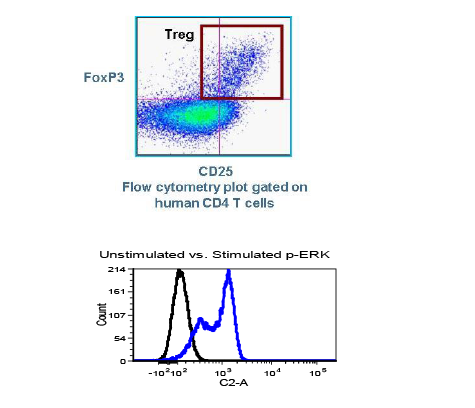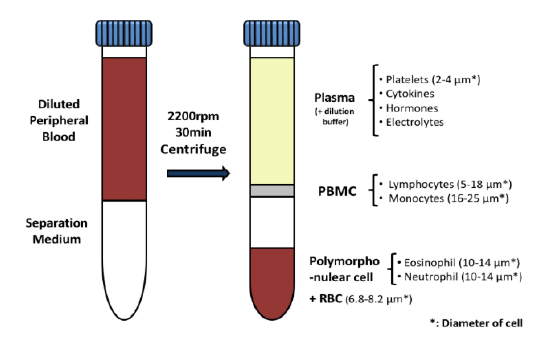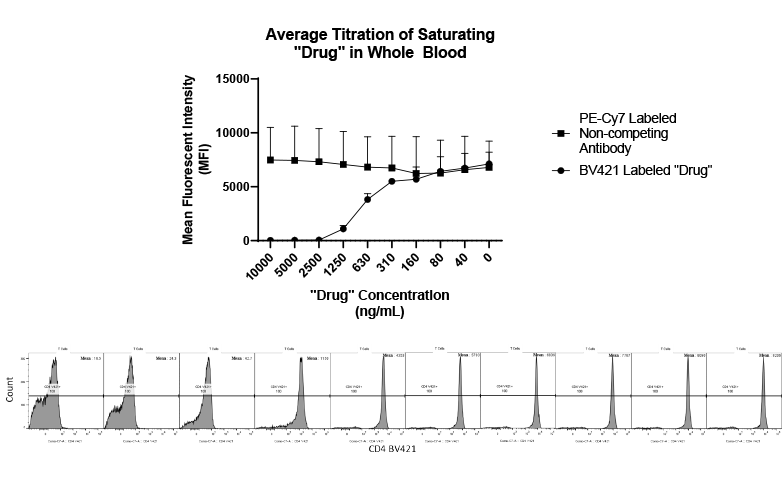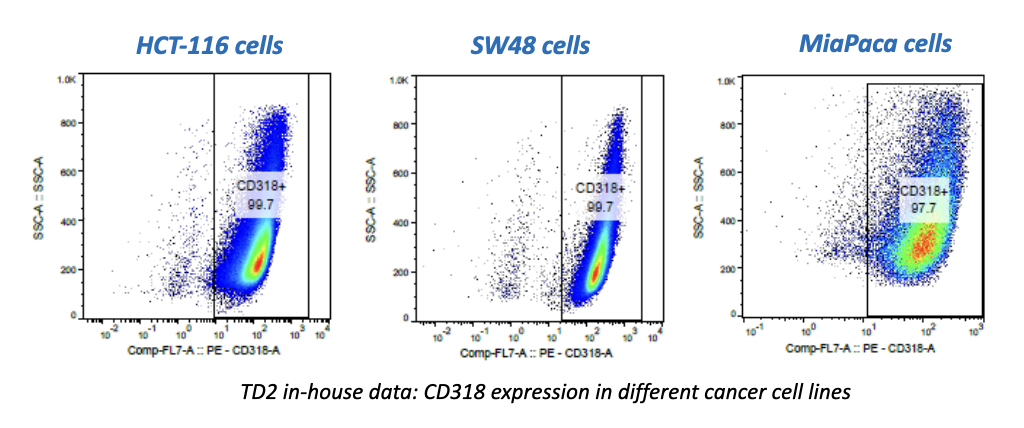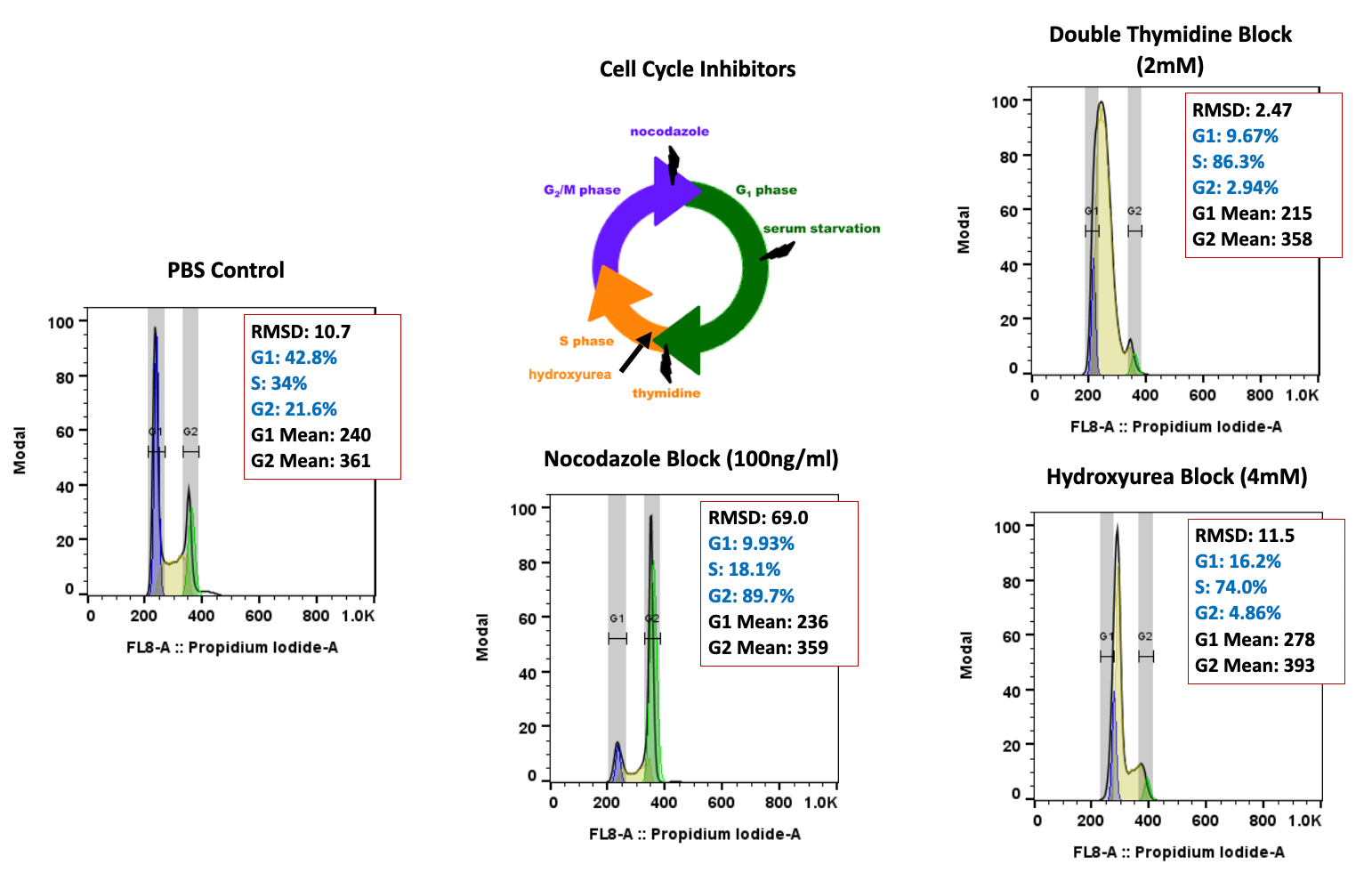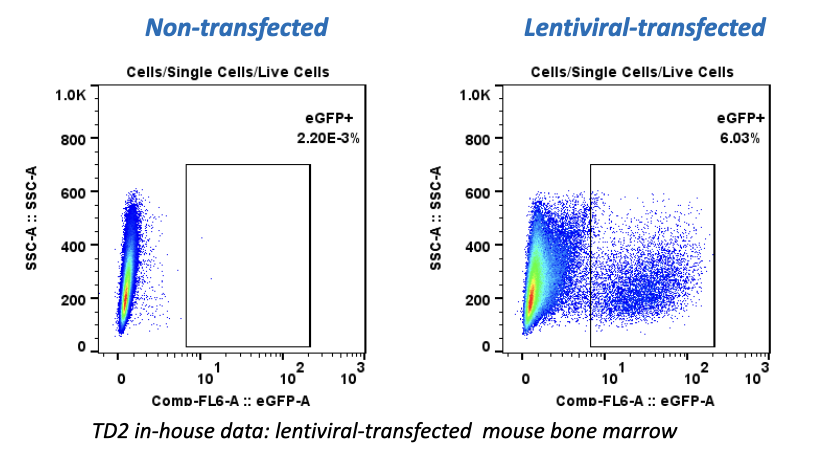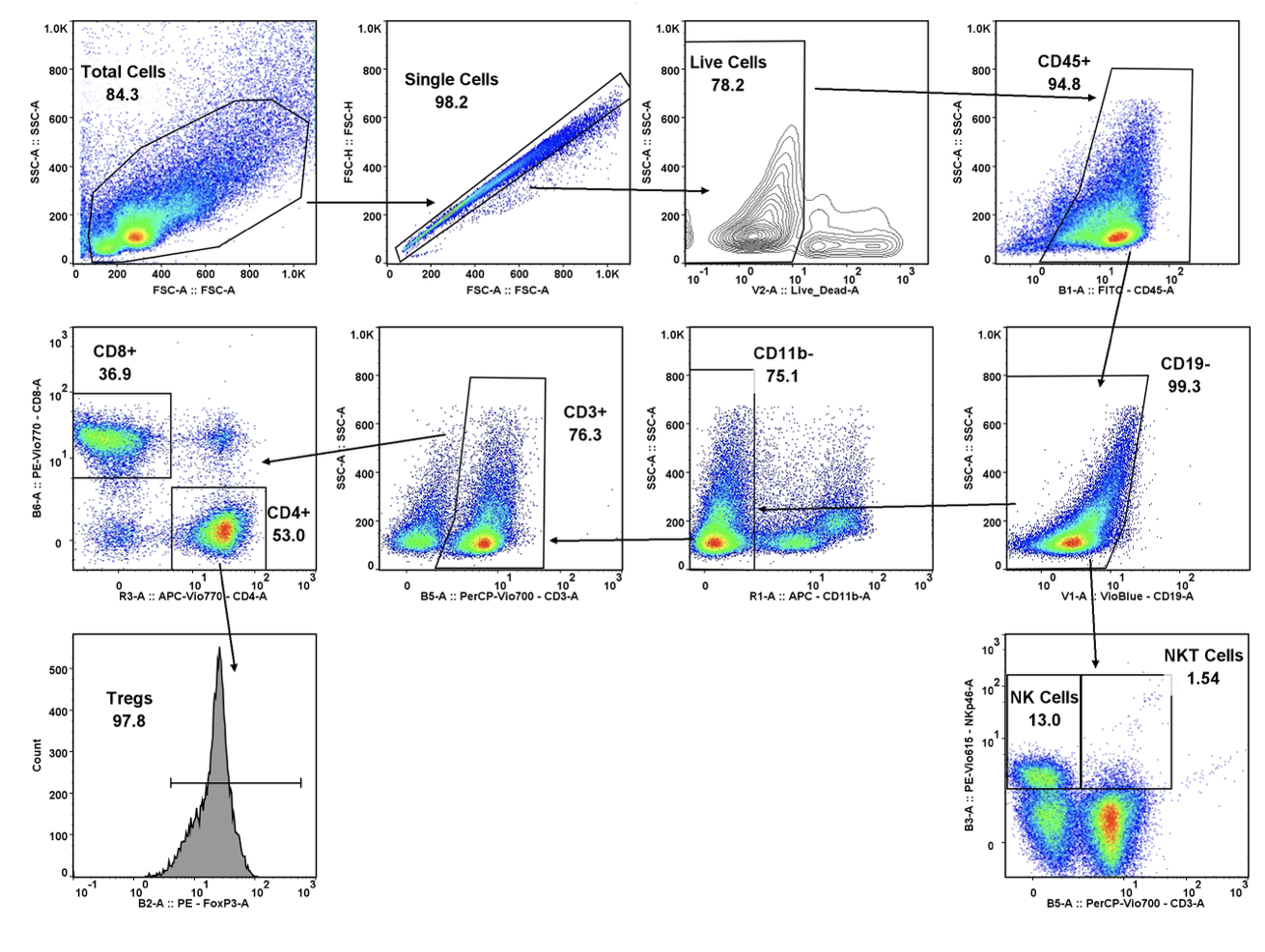Below is the abstract seelcted for presentation at the upcoming American Society of Gene & Cell Therapy 19th Annual Meeting:
Regulated Expression of IL-12 as Gene Therapy Concomitant with Blockade of PD-1 for Treatment of Glioma
John A. Barrett1, Hongliang Cai1, John Miao1, Margaret Murray2, Paul Gonzales2, Suma Krishnan3, Francois Lebel1, Laurence J.N. Cooper1
1 ZIOPHARM Oncology Inc., Boston, MA, United States, 02129
2 Translational Drug Development, Scottsdale, AZ, United States, 8525
3 Intrexon Corporation, Germantown, MD, United States, 20876
The utility of immunotherapy in the treatment of glioma may be improved through combination therapies that enhance cytotoxic immune-activation while concomitantly reducing immunosuppression. We provide data in mice to support evaluation of combining controlled local interleukin 12 (IL-12) administration and blockade of programmed cell death protein 1 (PD-1) in humans. To circumvent challenges surrounding the uncontrolled activation, we have implemented clinical trials using a replication-incompetent adenovirus engineered to conditionally express IL-12 (Ad-RTS-IL-12), via our RheoSwitch Therapeutic System® (RTS®) gene switch. When directly injected intra-tumorally in pre-clinical or clinical studies, IL-12 expression is “off” when devoid of the activator ligand (veledimex, V) and IL-12 production is turned “on” (in a dose-dependent manner) by oral administration of veledimex. PD-1 inhibitors using therapeutic monoclonal antibodies (mAbs) demonstrate an ability to reverse tumor immunosuppression and are effective in the treatment of some cancers. In the present pre-clinical study we assessed the effects of Ad-RTS-mIL-12+veledimex (Ad+V) alone (Ad 5×109 viral particles (vp) + V 10-30mg/m2/day for 14 days) or in combination with the antiPD-1-specific mAb RMP1-14 (antiPD-1, 7.5 & 15.0 mg/m2 for 4/day for 5 days i.p.) in the orthotopic GL-261 mouse model. All mice without treatment succumb to disease progression by Day 35. Eighty days after immunotherapy, 70-80% receiving Ad +V monotherapy survived, 30-40% receiving antiPD-1 monotherapy survived and 100% receiving Ad +V 30 mg/m2 + antiPD-1 15.0 mg/m2 combination survived. There was an increase in tumor IL-12 (100 pg/mg) which was 15-times greater than that of plasma peak 5 days after Ad +V. Furthermore, the combination of Ad +V+antiPD-1 sustained peak IL-12 levels in tumor which was associated with a 100-150% increase of activated T cells in the spleen compared with the minimal changes observed with either immunotherapy alone. In addition, there was an additive reduction in regulatory T cells (FOXP3) compared with monotherapies. In summary we demonstrate that controlled local immunostimulation with IL-12 combined with inhibition of PD-1 is an attractive approach for the treatment of glioma. Since both Ad-RTS-IL-12 and mAb blocking PD-1 are clinically available, these data provide impetus for evaluating this combination immunotherapy in humans.
